City Tour
- Duration: 1 day
- Provinces: Trapani
- Towns: Castellammare del Golfo
- Ideal for: Youngs-Groups
- Difficulty: Easy
- Means of transport: Walk
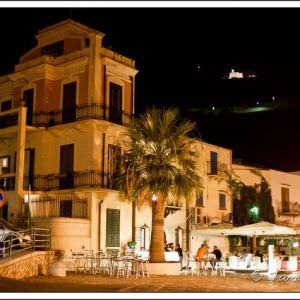 Castellammare del Golfo counts about little more than 15,000 inhabitants, set in the gulf which gives its name.
Castellammare del Golfo counts about little more than 15,000 inhabitants, set in the gulf which gives its name.
At the foot of a rugged mountain rich in vegetation, it descends towards the sea to the small peninsula with the arab norman Castle, between two beautiful beaches.
Its story traces the vicissitudes of Sicily and its rulers, from the Arabs to the Swabians, the Spanish and the Bourbons until Garibaldi.
Its historic center reveals important evidence of this history and its traditions, with both civil and religious architecture of great importance and of considerable historical and artistic interest.
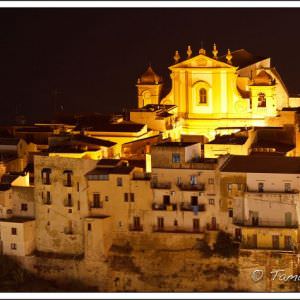 Coming from Highway 187, once at the "Belvedere" you can admire the enchanting view of the country.
Coming from Highway 187, once at the "Belvedere" you can admire the enchanting view of the country.
Once in the city through the Via Crispi, turning right on Corso Garibaldi, the main street of the town, we reach the home of Peter Asaro, on whose facade is located a stone recalling that Garibaldi, the "Hero of Two Worlds", lived here.
Further on up the road, we can admire the Church of S. Anthony of Padua, with its elegant facade. The church houses an altar dedicated to the saint and a pipe organ dated to the early 1900s.
At the end of Corso Garibaldi, the small Church of Purgatory is uncertainly dated, although the main currents date it back to the late fourteenth century.
The interior, which is characterized by the presence of five altars, has some works of the Spanish era (late seventeenth and eighteenth centuries) of great value and excellent workmanship.
At the end of Corso Garibaldi, turning right we reach Piazza Matrice, with the eighteenth-century church. Dedicated to SS. of Salvation, the Church rises from the ashes of a previous sixteenth century building, and stands out for the facade by the architect Giuseppe Mariani.
It was built in 1726 with three aisles. Inside, it preserves the tiles covered statue representing the Madonna of Succour, dating from the second half of the sixteenth century.
Inside, frescoes of great value made by Tresca and Giuseppe Velasquez, representing episodes from the Old Testament, and a stoup of seventeenth-century period.
From the Matrice, right to the Castle Bridge Street (Via Ponte Castello), we get across the walls of the ancient Arab-Norman castle. Within the ancient city walls, it lies the picturesque church of Our Lady of the Rosary, dating back to Norman times.
It is commonly known as "Our Lady of the Corner", because it houses a very special Black Madonna with the baby, called by the inhabitants "Maronna di l'Agnuni" (Our Lady of the Corner).
Particularly noteworthy the marble bas-relief adorning the portal, by Gagini, representing the Madonna with the baby with Saints and Crucifix.
Just beyond it lies the castle, built by the Arabs over pre-existing fortifications and later enlarged by the Norman and Swabian.
It was the home of various noble families, from Peter of Aragon to Peraltas, Spadaforas and the Lunas.
Until a few decades ago there was a stretch of water just in front of the tower, called "the Queen's Bath": according to legend, it was intended for the Queen's amusement.
Today the castle houses the Museums "Mediterranean Memory": the monument is the symbol of the city and it represents the historical, artistic and ethnographic heritage of the city and the territory.
At the end of the tour, we can visit Palace Crociferi, originally the convent of the fathers crociferi, today is the seat of the Municipality of Castellammare del Golfo.
The building dates back to the second half of the seventeenth century, together with the current Council Chamber, which was originally the adjoining church of St. Mary of agonizing.
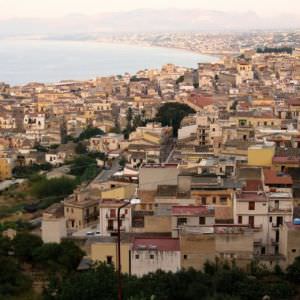
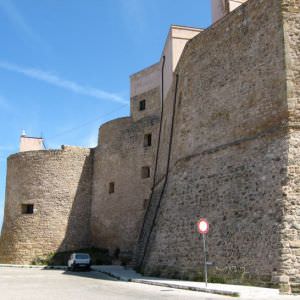
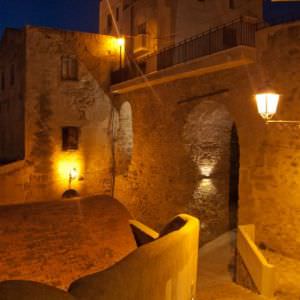
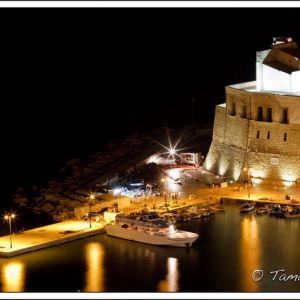
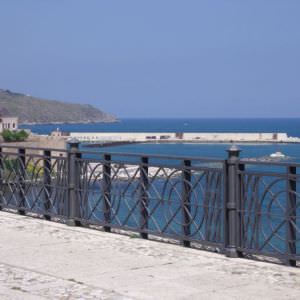


Follow us on